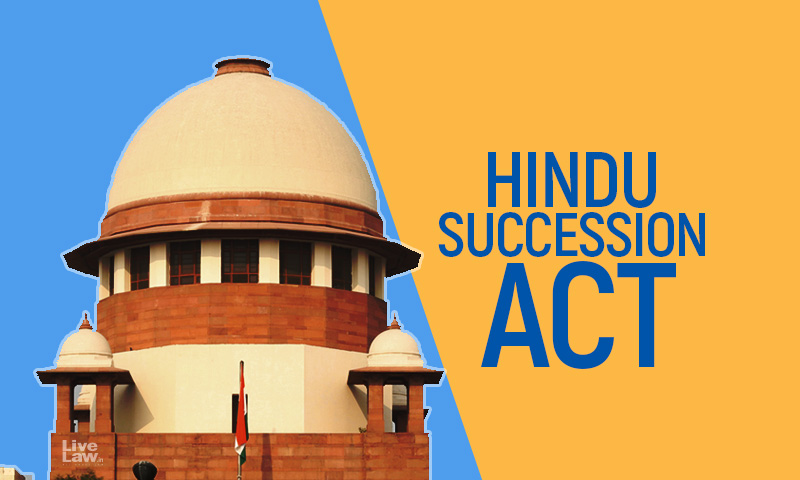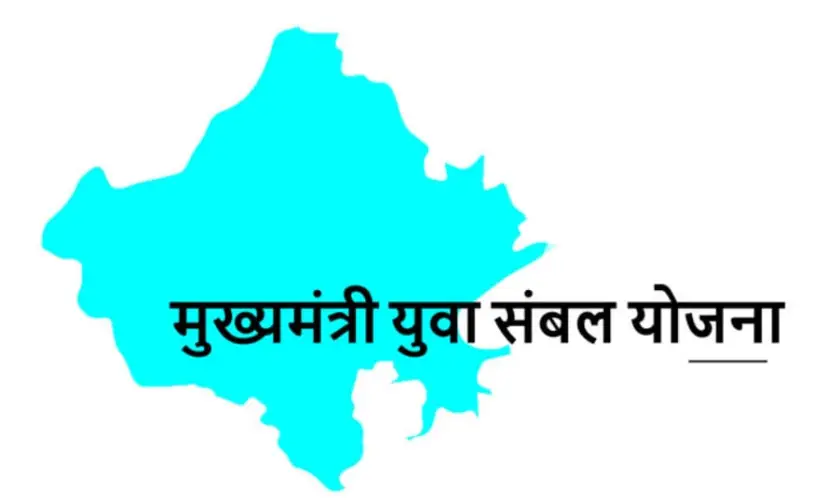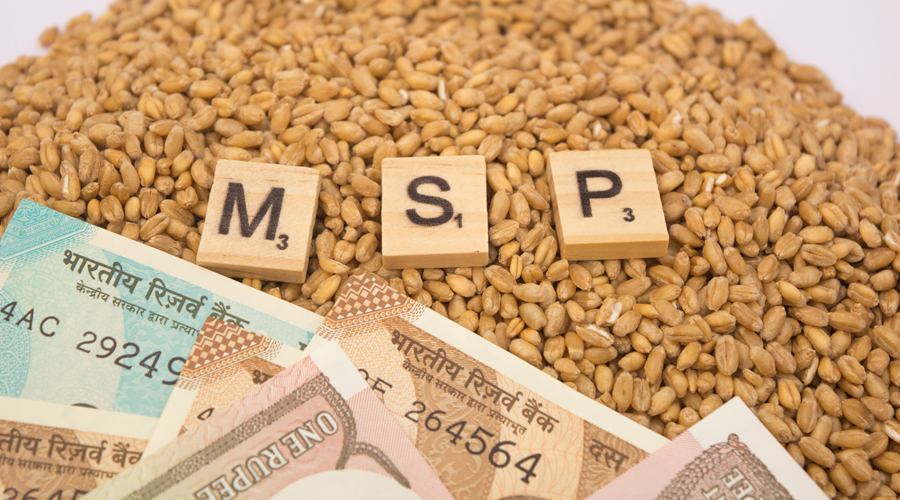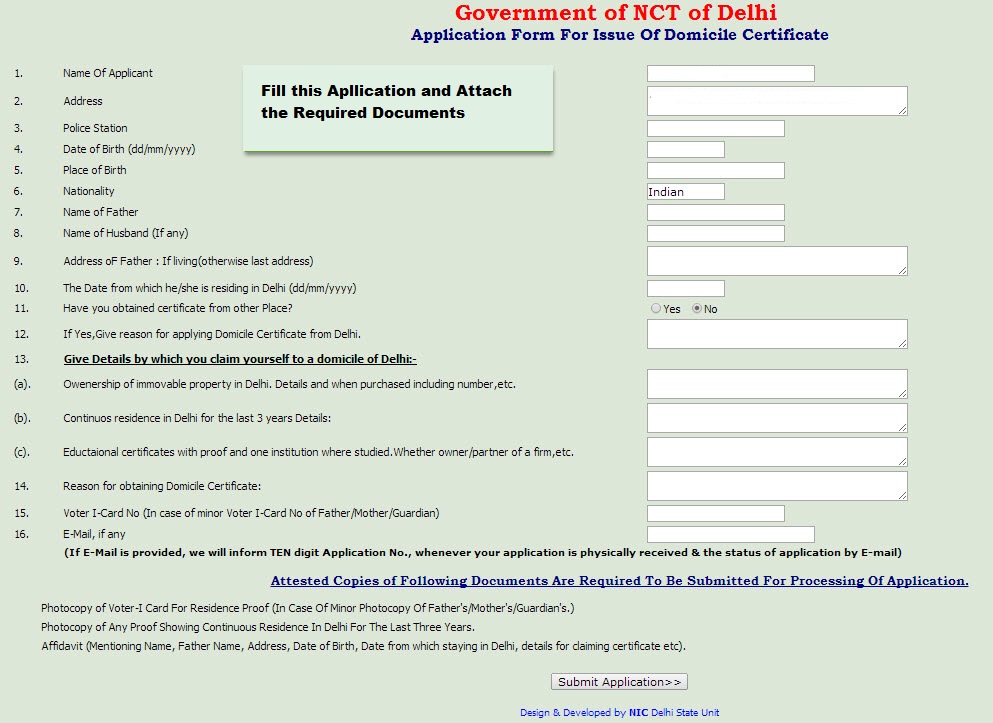What is a Partnership Deed?
A partnership firm is one of the popular types of organisations for starting a new business in India. A minimum of 2 partners are required to start a partnership firm. Partners establish a partnership firm through a partnership deed. A partnership deed is an agreement between the partners of a firm that outlines the terms and conditions of partnership among the partners. A partnership deed, a partnership agreement, is a written document among business partners. It’s a preferred choice among entrepreneurs due to its many benefits. However, running a partnership business involves planning and risk. Disagreements, financial issues, or internal conflicts can jeopardize your venture. Before investing your savings and efforts, it’s wise to sign partnership deed a partnership deed, a legal document that safeguards each party’s interests. What is a Partnership Deed? The smooth and successful running of a partnership firm requires a clear understanding among its partners regarding the various policies governing their partnership. The partnership deed serves this purpose. The partnership deed contains various terms such as profit/loss sharing, salary, interest on capital, drawings, admission of a new partner, etc. in order to bring clarity to the partners. A deed of partnership also known as a partnership agreement is a legal document signed by two or more partners who come together and decide to run a business for profit. The partnership deed helps to resolve any disagreement or conflict which arises between the partners regarding the partnership norms. The purpose of a partnership deed is to give a clear understanding of the roles of all partners, ensuring the smooth running of the operations of the partnership firm. Types of Partnership Deeds General Partnership Deed: The general partnership deed contains the terms and conditions of a general partnership, where each partner shares equal responsibility for the management of the firm business and are jointly liable for debts or obligations. Limited Partnership Deed: The limited partnership deed establishes a limited partnership, which includes general and limited partners. The general partners have unlimited liability for the debts of the partnership firm, while the limited partners have limited liability and do not participate actively in the management of the business. Necessity of Partnership Deed A Partnership Deed, preferably written, holds immense importance for a business. While an oral agreement lacks legal weight, a written deed becomes vital in disputes. The explicit terms and conditions outlined in the deed act as a pre-emptive measure against misunderstandings among partners, defining duties, profit/loss ratios, and the amount invested by each partner. The importance of a partnership deed is rightfully stated, as it minimises the likelihood of conflicts and fosters a clear understanding among business owners. Importance of a Partnership Deed It helps partners to define the terms of their relationship. It regulates the nature of business and liabilities, rights and duties of all partners. It helps to avoid misunderstandings between the partners since all of the terms and conditions of the partnership are specified in the deed. In the case of a dispute amongst the partners, it will be settled as per the terms of the partnership deed. There will be no confusion between the partners regarding the profit and loss sharing ratio amongst them. It mentions the role of each individual partner. It contains the remuneration that is to be paid to partners, thereby avoiding any dispute or confusion. It ensure smooth functioning of the firm as the terms and liabilities between partners are in a written form. Contents of a Partnership Deed The partnership deed contains the following details: Name of the firm- The partners of the firm should decide the firm’s name which adheres to the provisions of the Partnership Act. The firm name is the name under which the business is conducted. Details of the partners – The deed should include details of all the partners, such as their names, addresses, contact number, designation, and other particulars. Business of the firm – The deed should mention the business that the firm undertakes. It may be dealing with producing goods or rendering services. Duration of firm – The deed should mention the duration of the partnership firm, i.e. if the firm is constituted for a limited period, for a specific project or for an unlimited period. Place of business – The deed should contain the principal place of business where it carries on the partnership business. It should also mention the names of any other places where it conducts business. Capital contribution- Each partner will contribute an amount of capital to the firm. The entire capital of the firm and the share contributed by each partner are to be mentioned in the deed. Sharing of profit/loss – The ratio of sharing profits and losses of the firm amongst partners should be noted in the deed. It can be shared equally amongst all partners, or according to the capital contribution ratio or any other agreed ratio. Salary and commission- The details of the salary and commission payable to partners should be mentioned in the deed. The salary and commission can be paid to the partners based on their role, capabilities or any other capacity. Partner’s drawings- The drawings from the firm allowed to each partner and interest to be paid to the firm on such drawings, if any should be mentioned in the deed. Partner’s loan – The deed should mention whether the business can borrow loans, the interest rate of loans, properties to be pledged, etc. It can also mention if a partner of the firm can borrow loans from the business or not. Duties and obligations of partners- The rights, duties and obligations of all the partners of the firm should be mentioned in the deed to avoid future disputes. Admission, death and retirement of partners- The deed should mention the date of admission of the partner, the regulations governing the admission of a new partner, resignation, or changes after the death of a partner of the firm. Accounts and audit – The deed should contain details about the audit procedure of the firm. It should mention the details of how the partnership accounts are to
What is a Partnership Deed? Read More »









